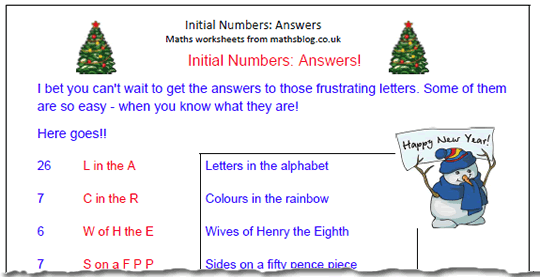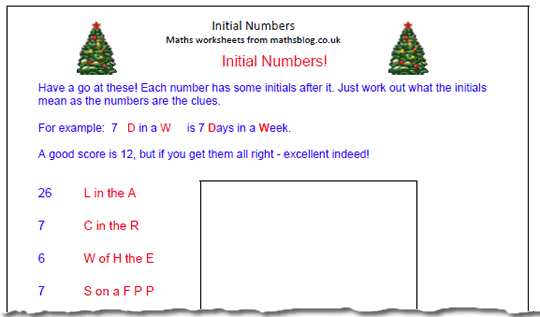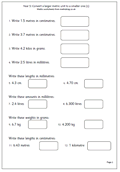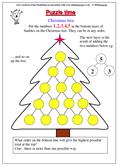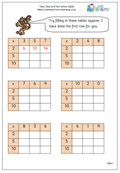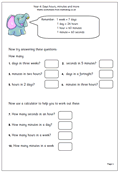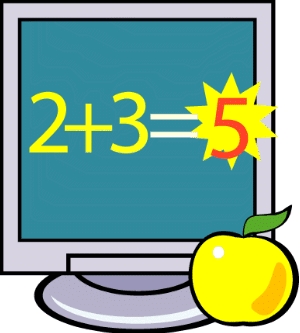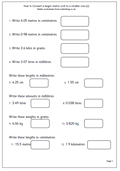 This is about as hard as it gets for converting larger metric units to smaller ones. The larger units all include decimals and a good knowledge of multiplying by 10, 100 or 1000 is needed.
This is about as hard as it gets for converting larger metric units to smaller ones. The larger units all include decimals and a good knowledge of multiplying by 10, 100 or 1000 is needed.
As a special treat the last question is really tricky; How many centimetres in 1.9 kilometres. I imagine that there are quite a lot of adults who would struggle with that one, but taken in logical steps it proves to be not so difficult. Find the number of metres in 1.9 kilometres, then find the number of centimtres in that amount. easy eh. It is quite interesting to look at other distances in terms of centimetres: journey home from school, length of a football pitch etc which would make for an interesting investigation.
